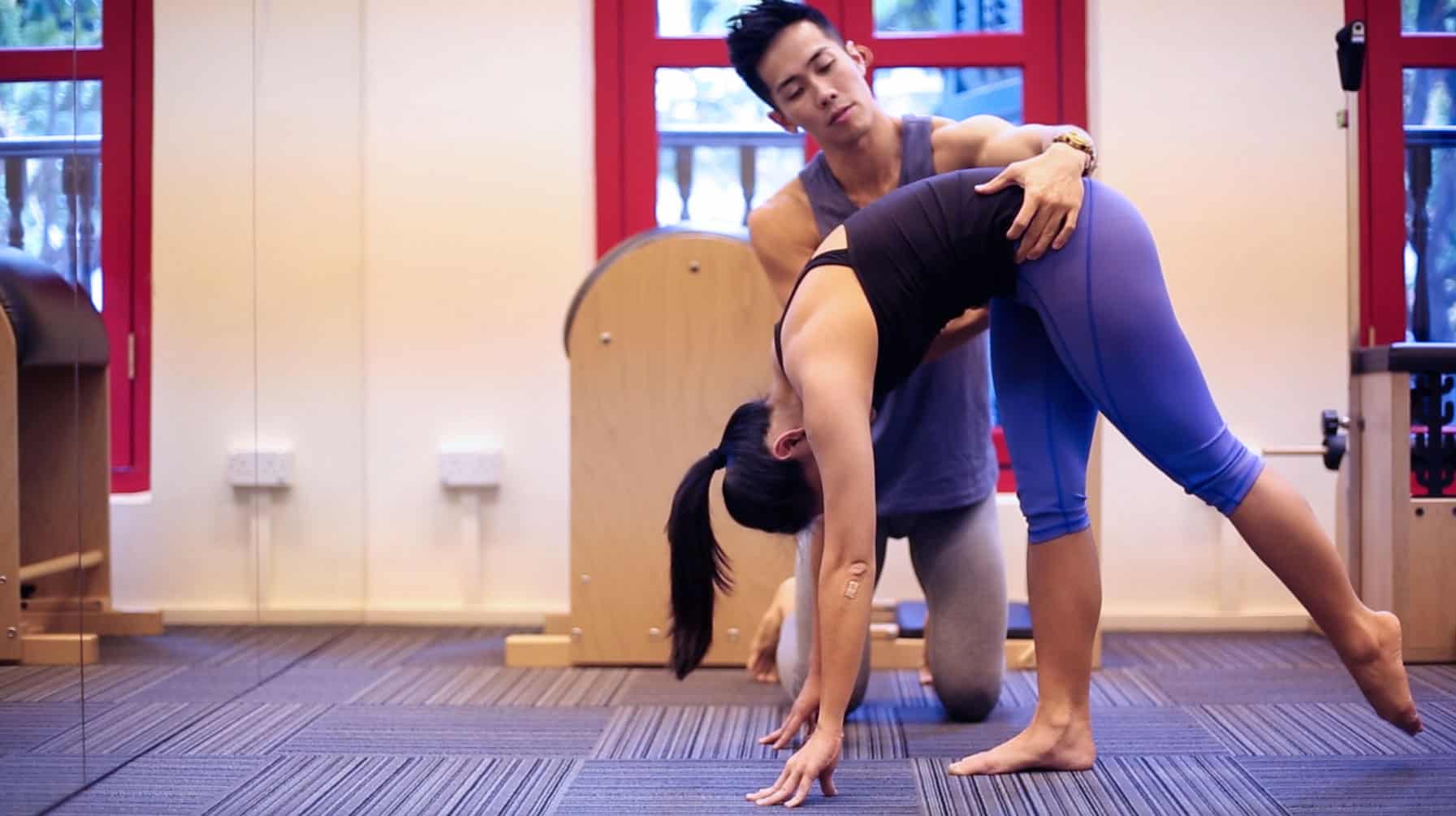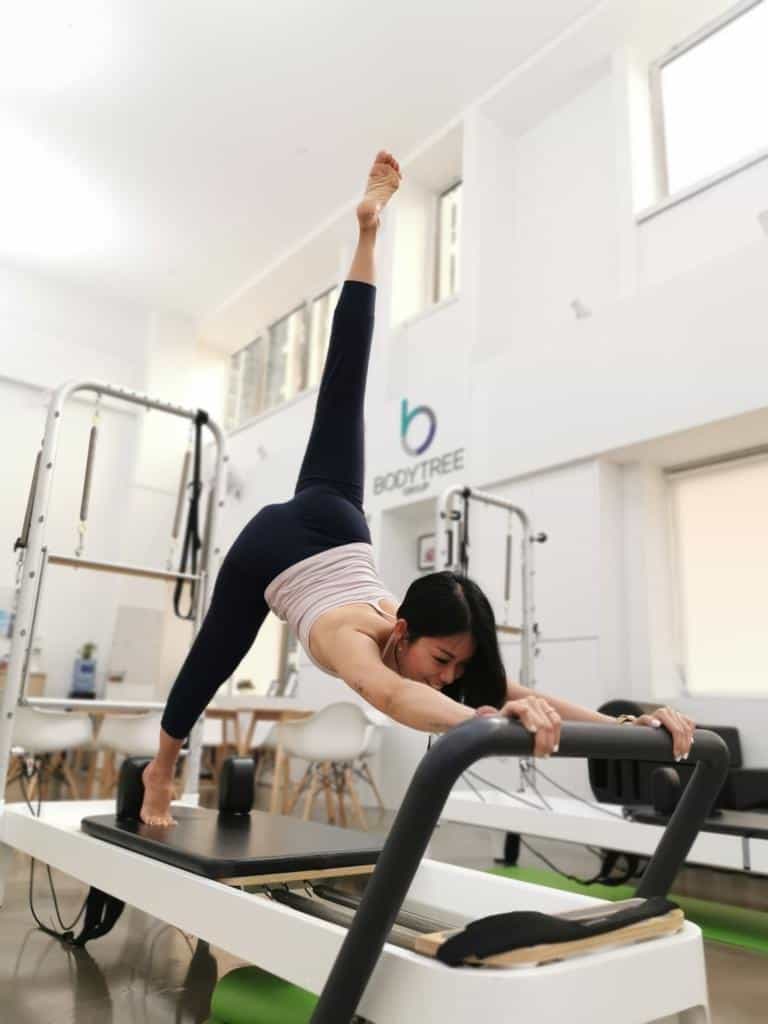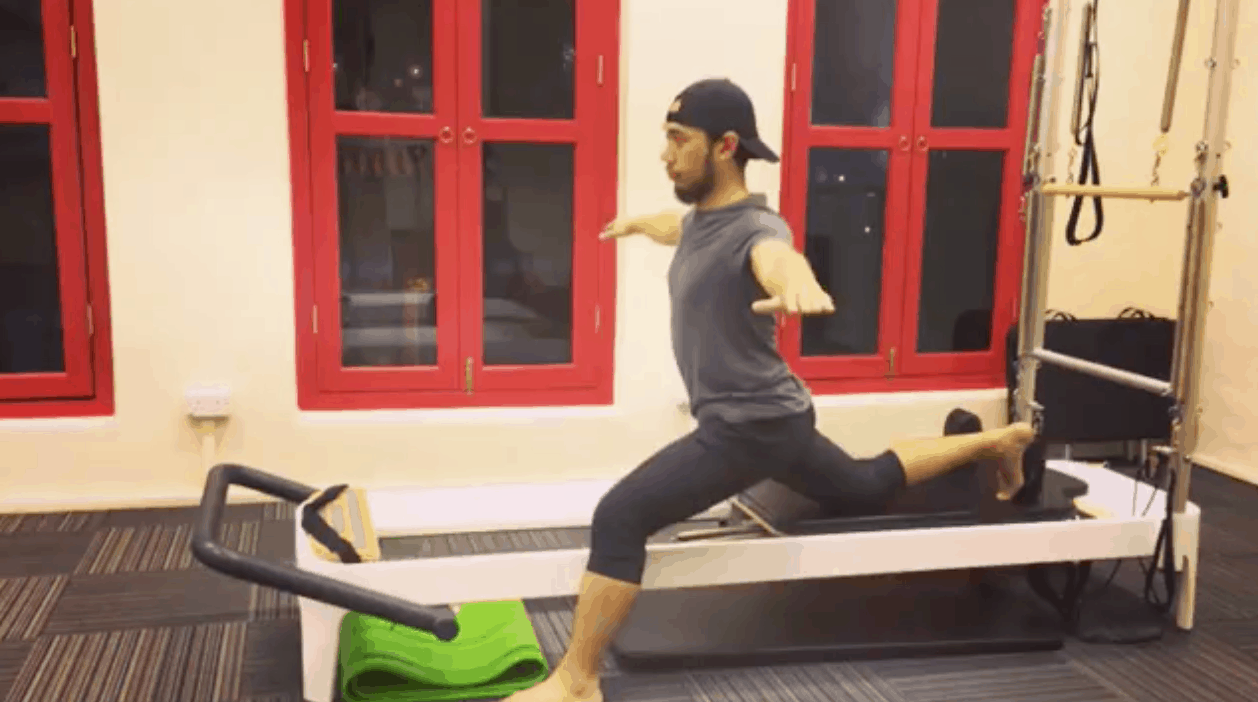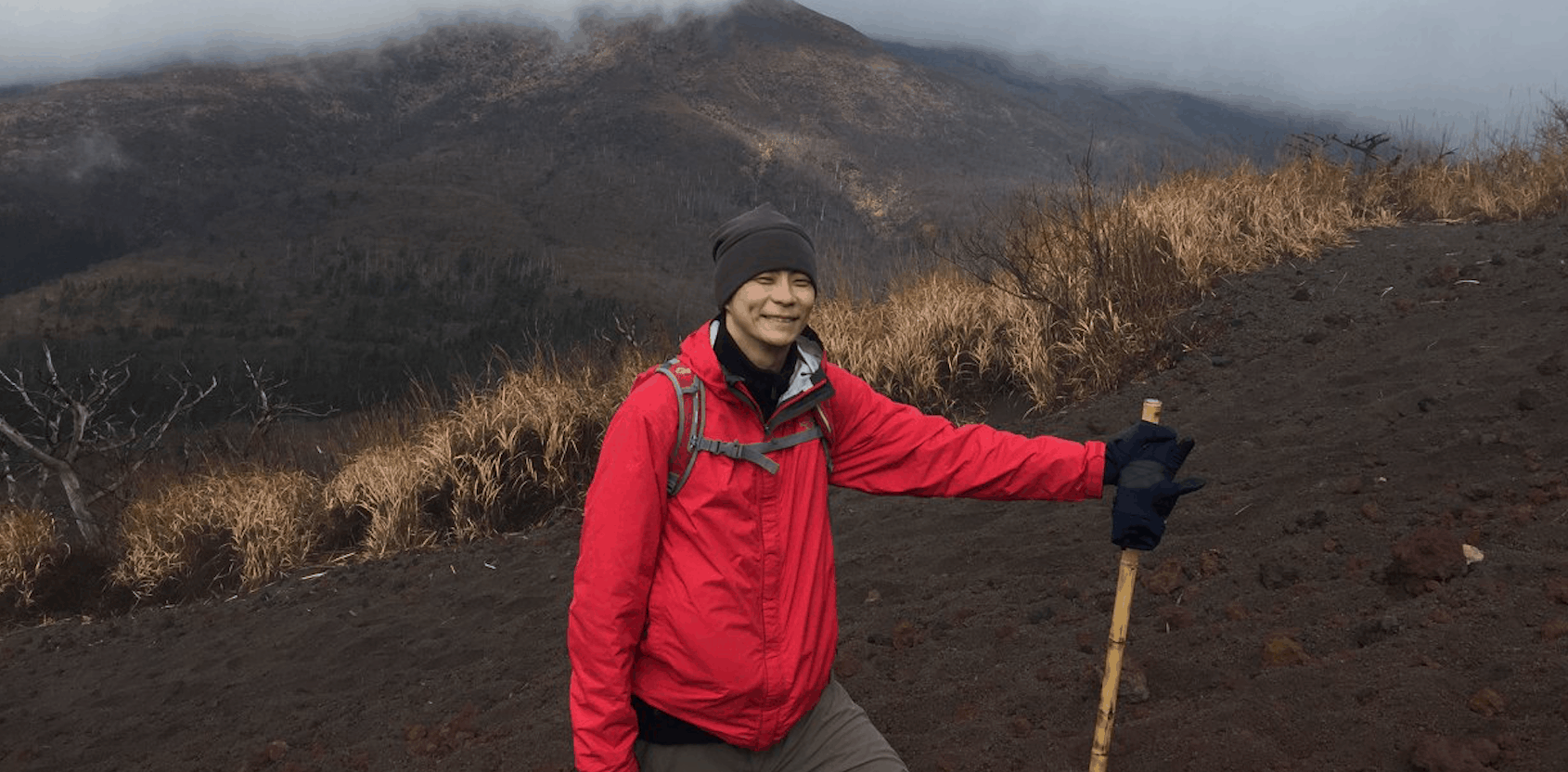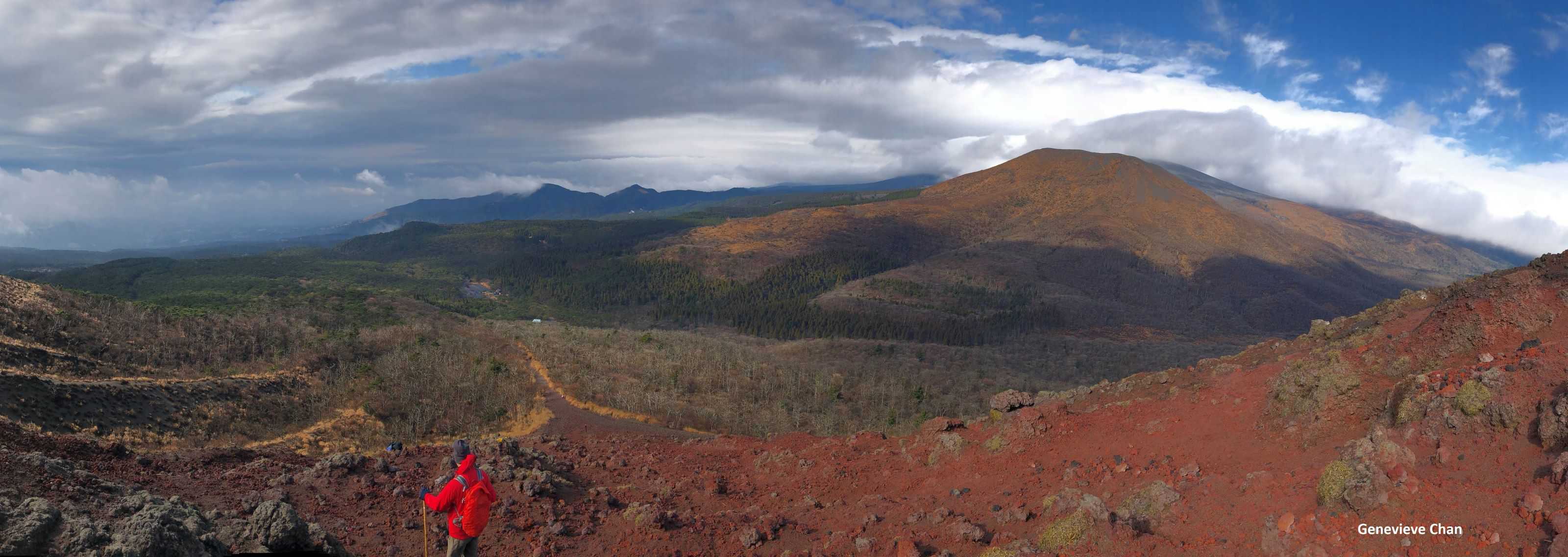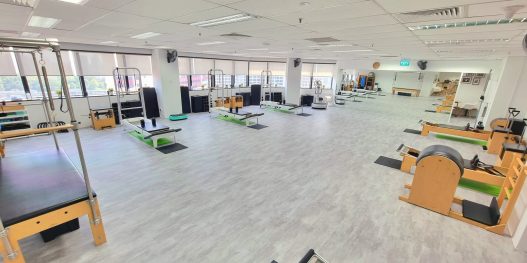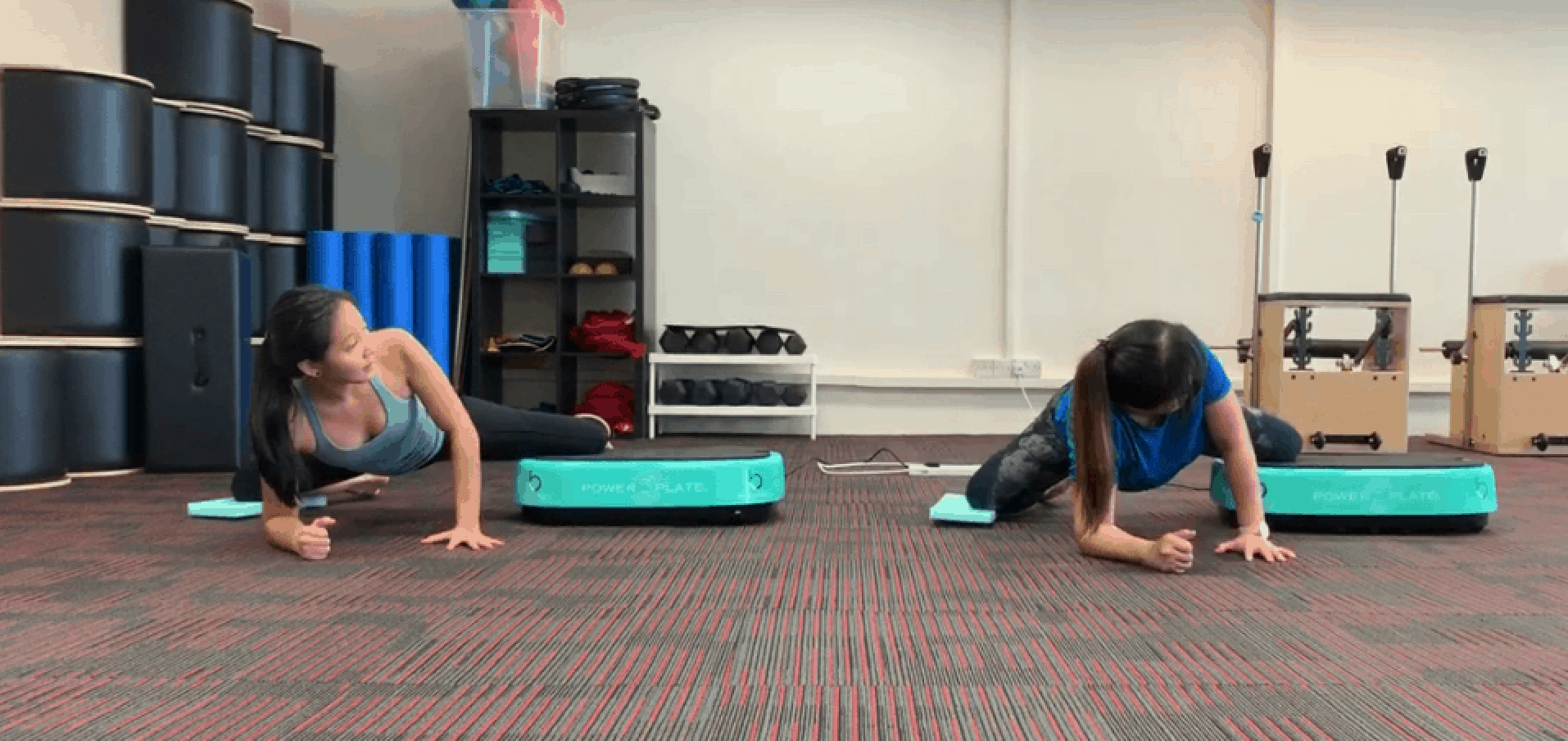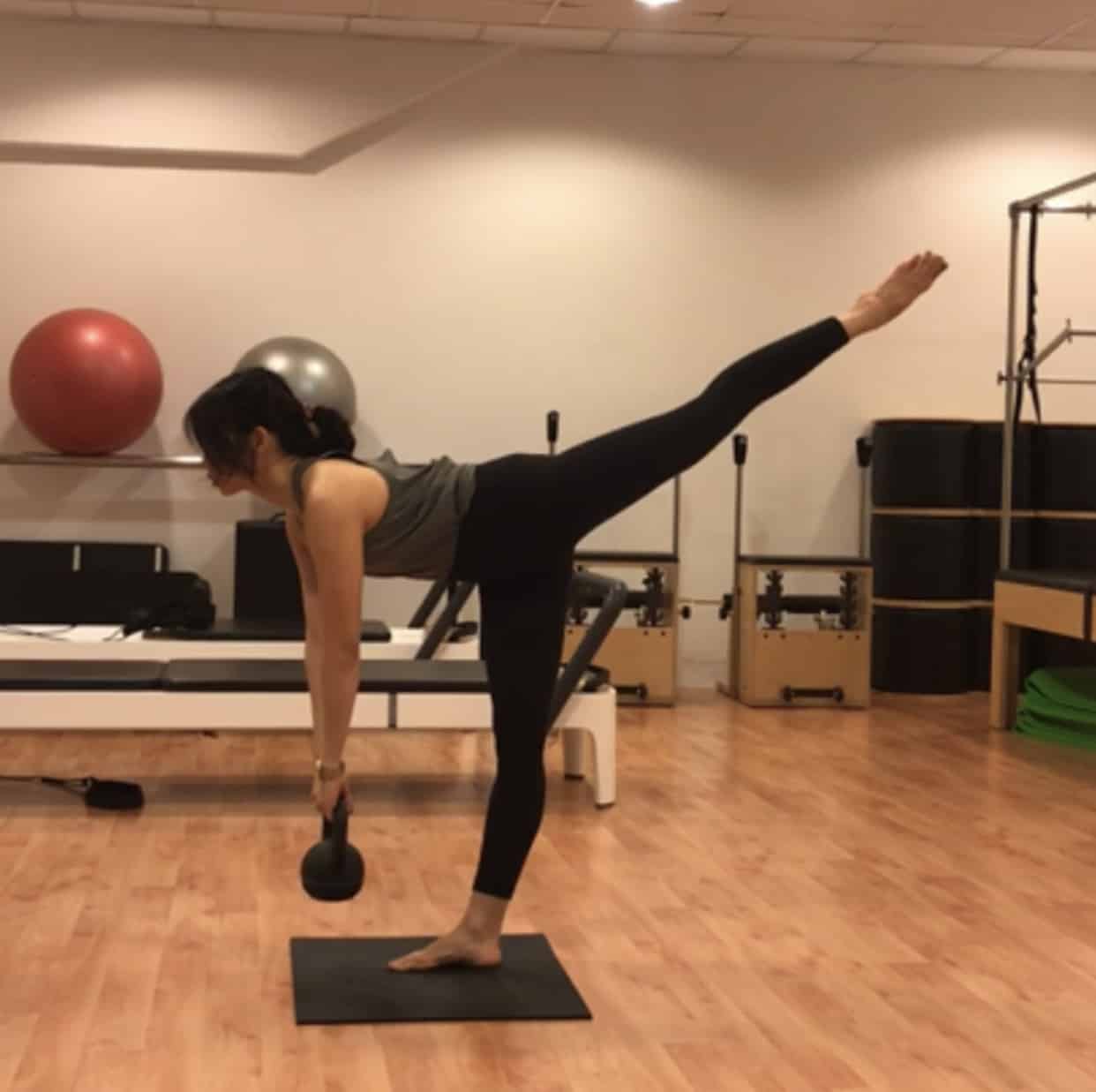I enjoyed reading the blog post by Adam Choo.
In my 9 years of teaching Pilates, I have taught various types of clients including teenagers but I have not come across teenagers like Adam or Tristan – Adam’s older brother. Tristan is 17 years old and has been practising Pilates for a few years. As teachers of Pilates BodyTree, we are very proud to have Tristan and Adam as students.
Here, I would like to address the question “Is Pilates suitable for teenagers?”
The answer is Yes.
And yes, start them early if you can.
If I had known when I was in my 20s, how a lack of physical activities and imbalanced muscles can lead to so many physical health issues later in life, I would have started Pilates a lot earlier.
I see Pilates or similar movement systems as a key part of education for teenagers – physical education that is essential for adult life, not unlike subjects like mathematics and science. With advances in technology making many things “convenient”, our children no longer need to do much physical activities, even a simple activity like walking!
In a developed society like Singapore, many children are driven to and from school – they don’t need to walk to the bus stop or walk to school. On top of that, today’s children spend many hours sitting in front of computers and the TV that do nothing to help in their posture, let alone their physical health. Research has indicated too much sitting is detrimental to physical health, yet this activity is so “normal” we are unaware of the negative consequences.
I once had an interesting conversation with a physiotherapist and he pointed out our children would become “movement challenged” when they are not encouraged to spend more time in physical activities, such as sports or other forms of movement like Pilates.
And it seems children from well-to-do families may be at a greater risk. Why? Just read through these scenes in a well-off society:
– Helpers at home to do all the physical activities, such as making up the beds, cleaning the rooms and ironing the clothes. Helpers also carry school bags and walk the dogs
– Children are driven to school; driven to tuition classes, driven to shopping malls – they are driven everywhere!
– At a young age, children are given electronic equipment such as phones, tablets, and computers. These become the main sources of their activities and entertainment
These children would go on to a very similar lifestyle when they go on to higher education and get a job. Could this be one of the reasons, why more people in their 20s and 30s are facing problems like back pain?
Doing any sport like tennis, football, badminton or soccer is good for any teenager since it builds cardiovascular health, coordination, response and awareness of the environment. However, these sports tend to build over dominance of certain parts of the body. For example a right-handed tennis player will be dominant on the right side. In addition these sports are high intensity activities and if someone is not well prepared or sufficiently warmed up, it can lead to early injuries such as elbow pain or knee pain.
How can Pilates help a teenager?
1. If the teenager is playing sports like tennis or football, Pilates will help to stretch and strengthen the body for these high intensity activities – avoiding injuries from tight or imbalanced muscles
2. If a teenager is not physically active in sports, then attending Pilates classes will help him/her develop movement skills that are essential for maintaining physical health
3. Sometimes participating in competitive sports tend to push individuals to have a “win at all costs” mentality without considering possible injuries. Practising Pilates regularly helps teach someone from a younger age, how to look after and be mindful of their own bodies.

